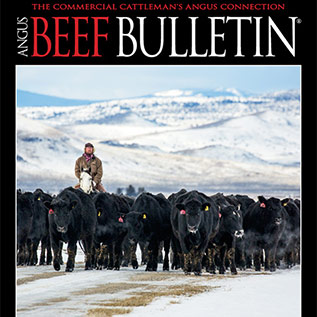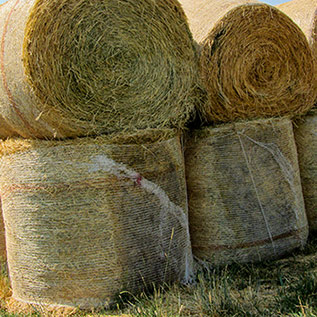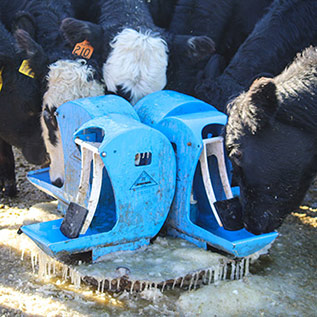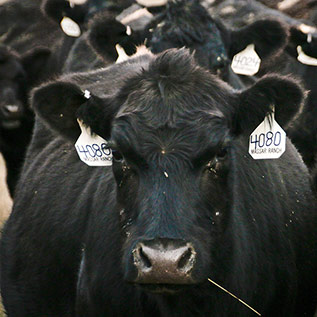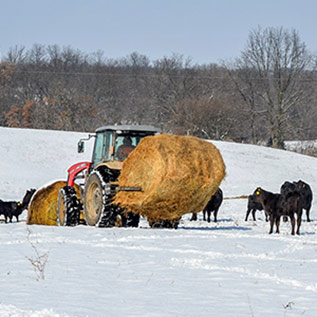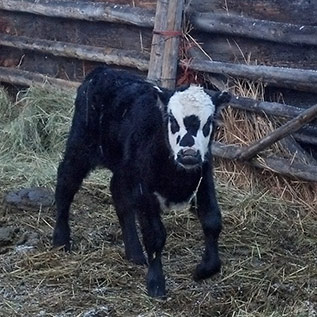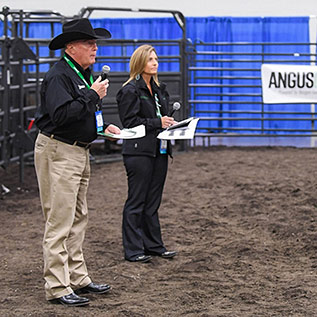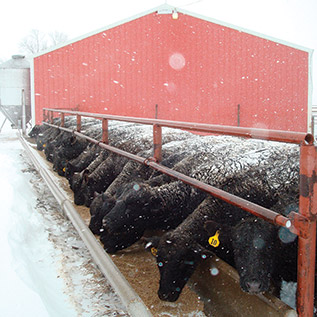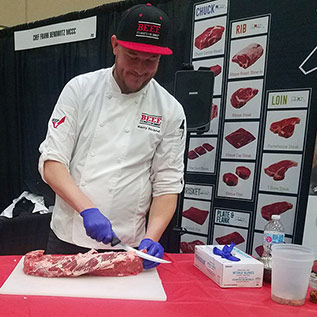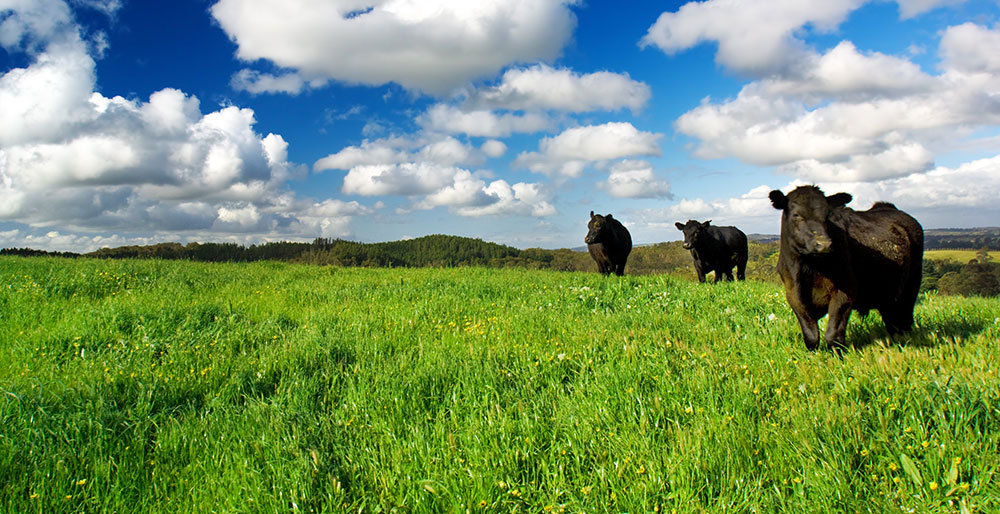
Create a 2019 Grazing Plan
Take these steps for better livestock grazing in 2019.
Droughts, wildfires, hurricanes, and floods — these are just a few of the challenges livestock producers across the country faced in 2018. Looking ahead, it’s not easy to predict what will happen in the coming new year. Even the National Oceanic and Atmospheric Administration, which regularly issues long-range forecasts, admits the probabilities their models suggest are not guaranteed.
What producers can count on, says longtime grazing expert Jim Gerrish, is, “Some people will have a drought and some people will have a flood. I’m just not sure where each is going to be.”
Getting his start in grazing research and extension in Missouri in 1980, today Gerrish manages a custom grazing operation in north-central Idaho. When he’s not in the pasture, he travels the world consulting and teaching others about proper grazing management.
Moisture trends, Gerrish explains, are directly tied to nature’s water cycle, which moves water through Earth’s ocean, land and atmosphere. There is a finite amount of moisture on Earth. Therefore, our planet’s water cycle dictates that if one part of a country has excess moisture, it’s likely another area will be deficient, potentially leading to a drought.
Despite this meteorological uncertainty, Gerrish says producers can take steps to reduce these potential risks and, consecutively, set themselves up better for success in the 2019 grazing season.
Perhaps the most important of those steps is to develop an annual grazing plan. According to Gerrish, a grazing plan offers producers an organized approach to manage the complexities of a pasture system and bring their forage supply and livestock’s needs into balance.
“Grazing plans make life much more predictable,” says Gerrish.
As part of a grazing plan, Gerrish recommends graziers also regularly conduct a pasture inventory.
“Having a pasture inventory will allow you to keep count of how much forage supply you have,” says Gerrish. “You can then incorporate this information into your grazing plan and adjust accordingly.”
Gerrish suggests pasture inventories be scheduled every two weeks on irrigated or high natural rainfall areas and monthly on rangeland. The basic process involves looking at every pasture and coming up with a measure or estimate of available feed in each.
Along with a grazing plan and pasture inventory, Gerrish says producers in drier environments should have a drought plan and a contingency grazing plan in place.
“Way too many producers fail to adhere to the drought plan and trigger dates they set,” says Gerrish. “Because of this, they run the risk of damaging pastures or financially digging themselves into a hole of debt by buying in feed to hold onto livestock numbers. Those situations would be improved if they just did what they said they were going to do.”
In addition to these preplanning measures, Gerrish points out graziers may want to consider making use of alternative forage options, such as cover crops, to extend their grazing season during forage gaps. In environments with annual rainfall averages 18 inches or more annually or on irrigated pastures, Gerrish says he has seen producers have great success with the practice.
“In particular, those wanting to be in the grass-fed beef business will find that cover crops are a high-nutrition resource that can allow them to get good gains on finishing cattle,” says Gerrish.
Pastures that are beginning to thin out but still maintain at least 60% desirable species are excellent candidates for interseeding cover crops, or even legumes, in late winter or early spring. Once pasture inventories drop below 40% desirable species, producers may want to consider pasture renovation.
Additionally, Gerrish stresses producers shouldn’t overlook the nutritional value of the weeds in their pastures. Research has shown many weeds have equal or greater nutritional values than many common forage varieties. The trick is grazing these weeds at the right growth stage, as quality decreases more rapidly over time in weed species compared to improved forage varieties. For those skeptics of the practice, Gerrish says graziers can look no farther than Kathy Voth’s work in this area to realize the possibilities and benefits.
Lastly, producers should make it a habit to check that their fences and water systems are working properly. Walk fencelines from time to time to check fence wires, posts, braces and the ground system. Energizers and voltage should also be examined to ensure the fence is conductive and producing adequate voltage.
Similarly, a seasonal run-through should be done on water systems.
“There are two major weak times for our stock water systems,” says Gerrish. “The most obvious one is in the heat of summer, winter is the other time. Can your system deliver enough water in the hottest time of the year? Can it withstand the cold temperatures and rigors of winter?”
In a state of deteriorating infrastructure, water systems will be more susceptible to freezing and breaking down. Keeping up with routine maintenance will ensure equipment continues to stay in working order through these more difficult times of the year.
By implementing these proactive management tips and strategically planning ahead, Gerrish says, pasture managers will be better equipped to cope with whatever conditions Mother Nature sends their way. In turn, their operation as a whole will become more resilient over time.
Editor’s note: This article and photo are reprinted with permission by Gallagher.



